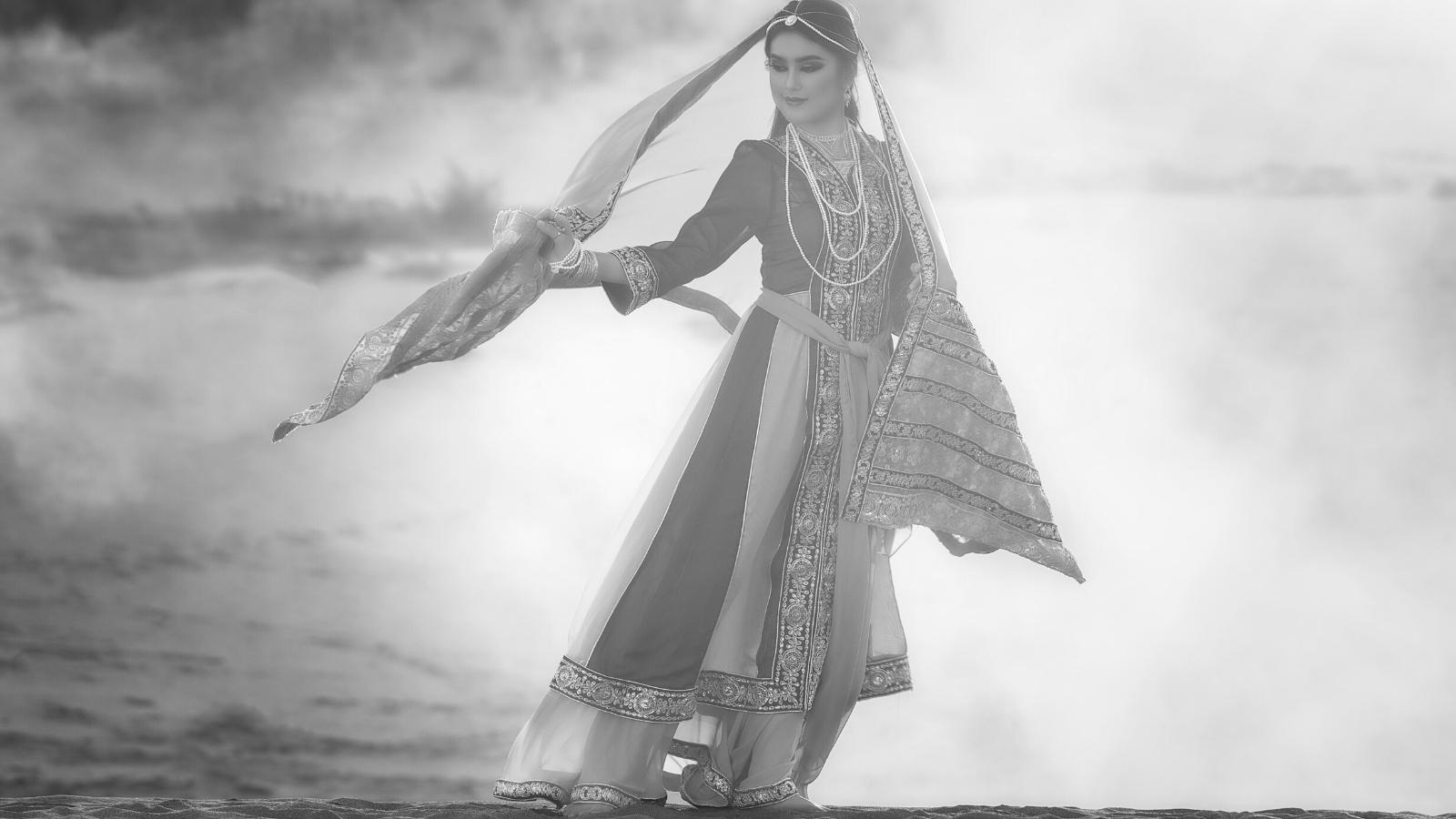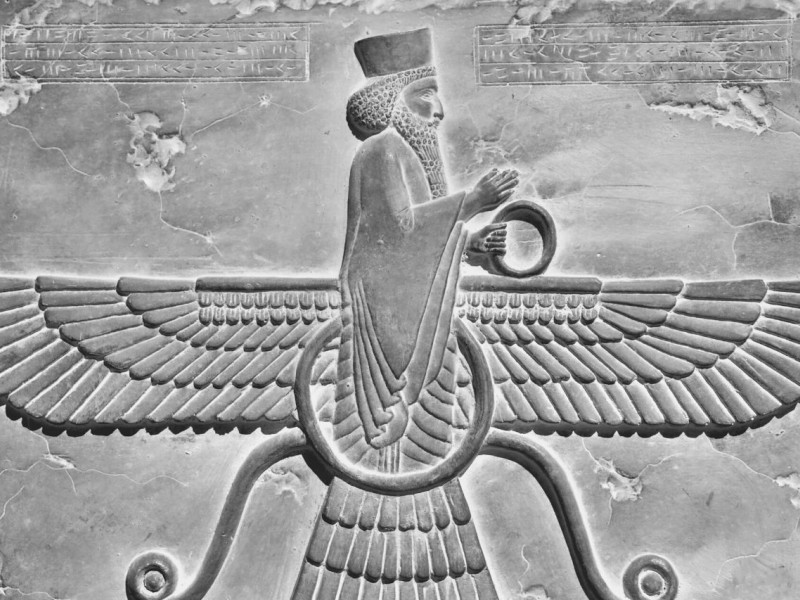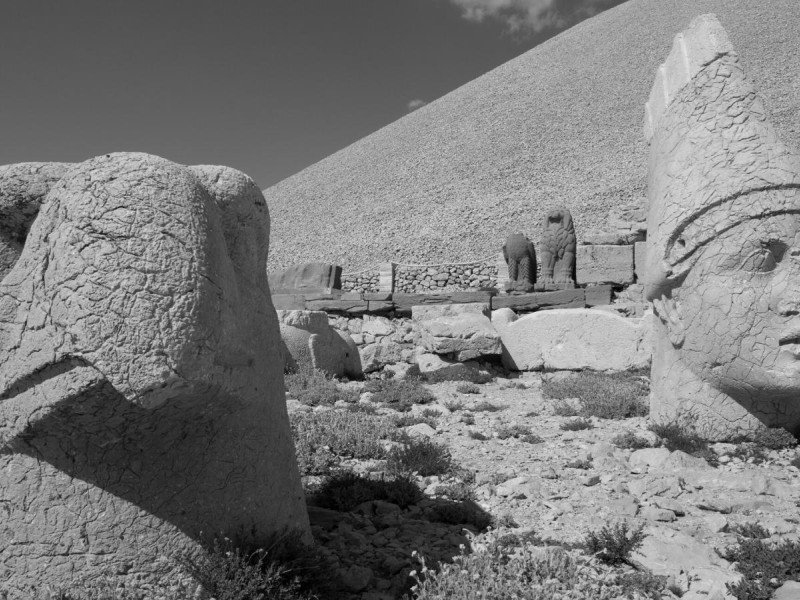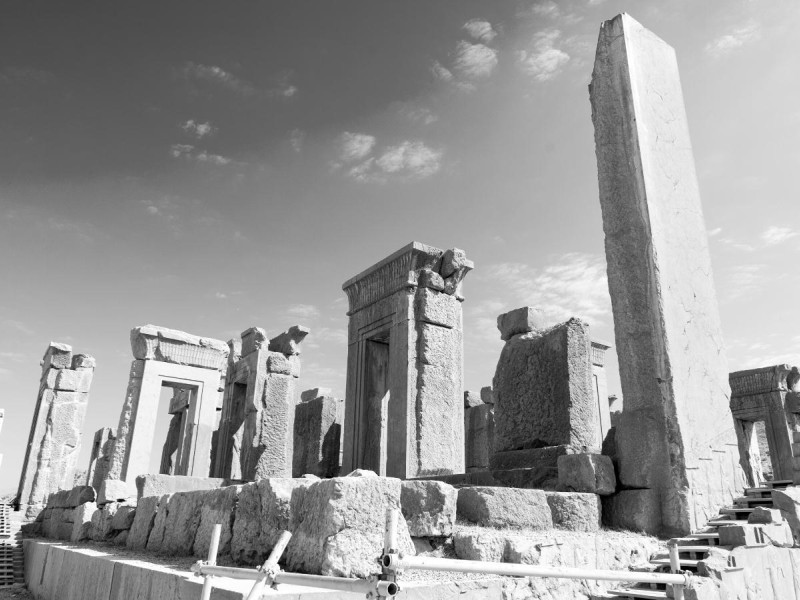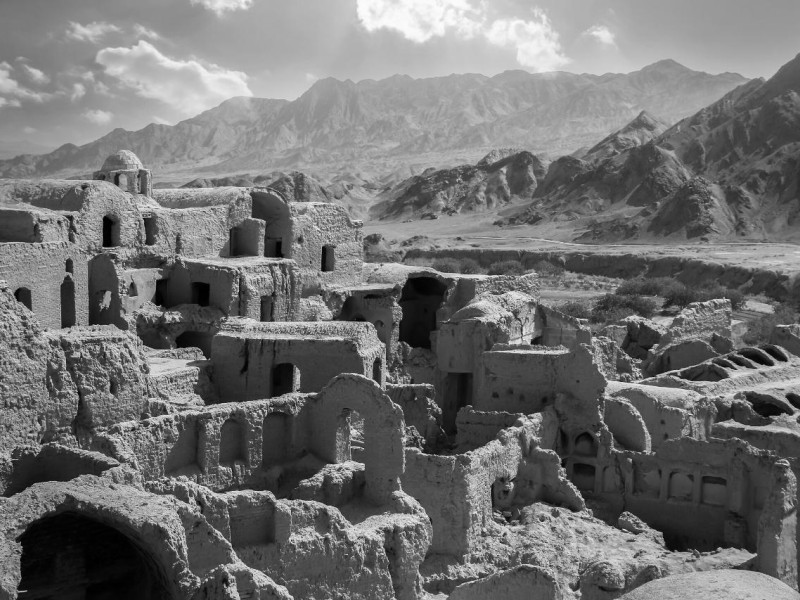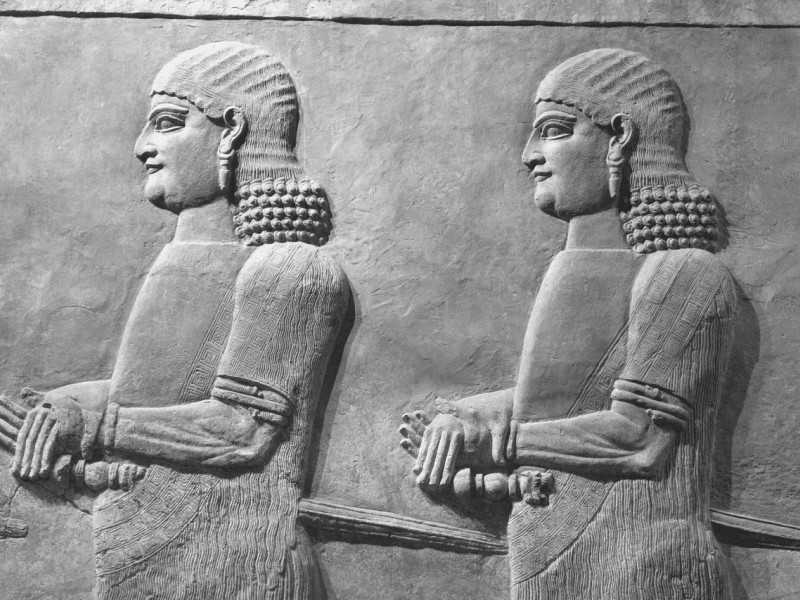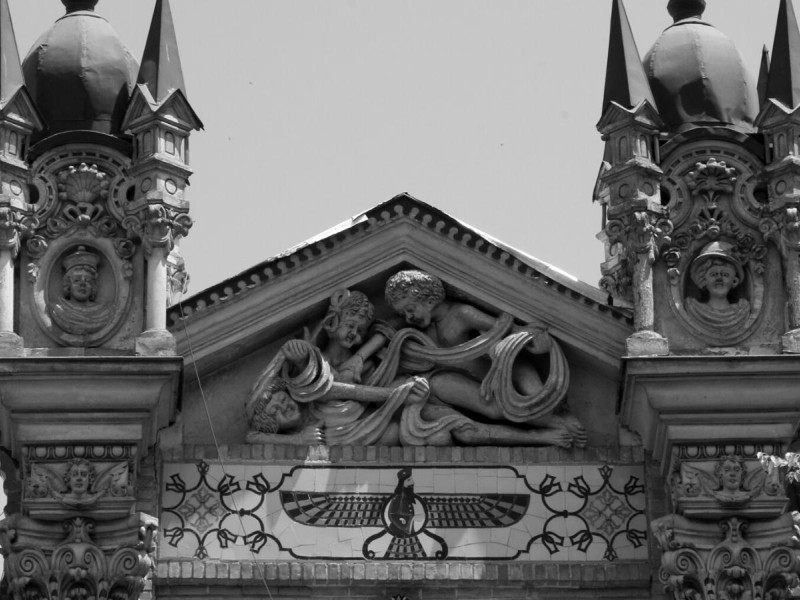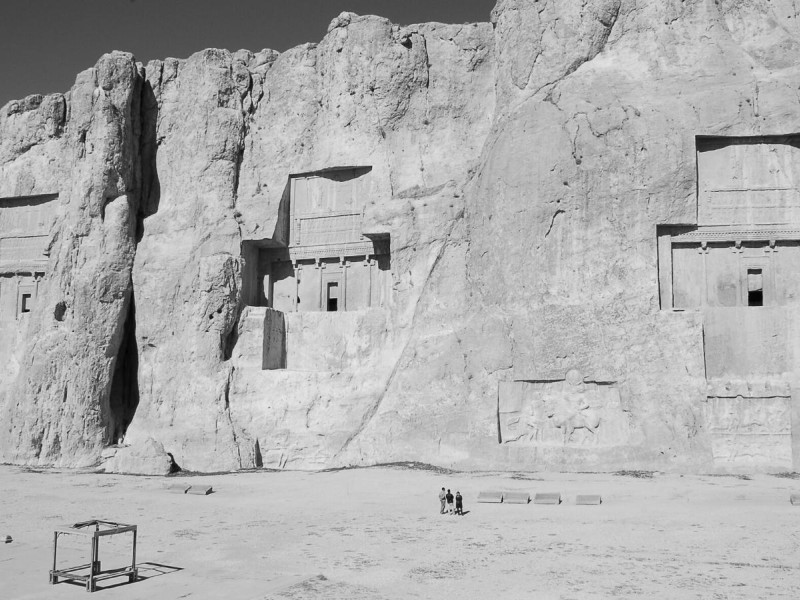Ancient Persian Women: The Rise of Feminism in Ancient Persia
Ancient Persian women did not enjoy the same freedom as ancient Persian men. The Persian women had to fight hard for their lives and to make a name for themselves. Ancient civilizations are well known for their patriarchy and oppression of women but, even in such conditions, some women rose to power and above the patriarchs.
Here we bring you a full account on the ancient Persian women and their glory.
Women in Ancient Persia
The analysis of women from any era, civilization or ancient kingdom is a hard and usually unpleasant job. Because of high illiteracy and the level of patriarchy, women were thought of as no more than objects. Objects that could be sold, bought, played with and eventually thrown away. This was the case with most common women living in the least fortunate financial conditions.
The women of the noble families and royalties were a different story. They were the true definition of princesses and queens. They lived their lives on cloud nine without a care in the world.
The above are two extreme conditions of women anywhere in the ancient civilizations. One of these ancient civilizations includes the ancient Persian empire.
However, this empire might have been like the rest with regard to women, but the Persian women were unique and brave. Here we describe the Persian women of different social extraction, so that you can appreciate their similarities and differences in terms of opportunities.
Hierarchy
Ancient Persia followed a patriarchal paradigm. Still, the legislative framework gave some rights to women.
There was a distinct status quo among the women as well which was based on their financial statuses:
Mother of the king
Principal wife/Mother of the king’s heir
The king’s daughters
The king’s sisters
The king’s lesser wives/concubines
Noblewomen (wives and relatives of courtiers, satraps, military men)
Military women
Business women
Laborers
Servants/Slaves
From highest to lowest, this female hierarchy was followed throughout ancient Persia. The common Persian men would respect most of the women but disregard the same respect for businesswomen, laborers, servants, and slaves. This was because they knew that they would not get any penalties, as society saw them as lesser women.
Social and Cultural Norms
In every society, women are categorized into two generic groups: good women and bad women.
If the woman dresses according to the taste of men, if she obeys anything that is said to her, if she does all the household work, and lastly if she does not utter a single word in her defense, she is titled a good woman.
On the other hand, if the woman is vocal about her feelings and needs, fends for herself, and refuses to be kept locked inside, she is labeled as a bad woman. This was true for most of the ancient Persian civilization.
The women were seen through the eyes of men and not as equal human beings.
The Evolution of Women’s Rights in Ancient Persia
This norm was broken by many good men. In the later years of Persian rule, many rights were given to women. These Persian women's rights guaranteed their safety and well-being. This is why, among all the ancient civilizations, Persia is said to be the most forgiving and understanding when it came to the autonomy of women.
First of all, the women in the higher ranks — who already enjoyed much freedom — were given more rights.
The women in courts could sign and implement new rules. They had their seals, which meant they could sign agreements without the interference of any other person. And, lastly, they had unlimited access to the king.
The women in the lower ranks could live alone and did not need to be accompanied by men whenever they left the house. They could run their businesses and also could travel to other parts of the world alone.
Women’s rights in Persian empire revolutionized the Persian civilization because, with the addition of women, the labor power doubled, the crime rate saw a gradual decrease, the people became sensible and responsible because they were almost always in the presence of a woman.
These rights broke the ancient Persian gender roles and gave everyone equality. So, you can say that the success of the Persian Empire greatly depended on women.
Characteristics of Persian Women
The ancient Persian women were very beautiful. They had sharp, gorgeous features. One of the most fascinating characteristics of Persian women was their hair.
The ancient Persian women had luscious, black, long hair. They adorned their hair with flowers and ornaments to make them look even more beautiful.
After the revolutionizing acceptance of equality of men and women in the later years, Persian women were found in each sector of the society. They took part in the battles. Many instances are present in history where the ancient Persian women fought alongside their men on the battlefield.
Many official governing posts were occupied by women. Women were known to be administrators and judges in many cases. They went into trade, architecture, arts, and also sailing.
The Royal and Noble Women
The mother of the heir would serve as the acting queen of the realm in case the king died. She would keep the position until her son became of age and was ready to take over. The wives held their courts, in which they would discuss and solve the issues of common Persian women.
The daughters and sisters of the kings held a very important role in forming alliances with other kingdoms. Their marriages to important monarchs and kings would form an everlasting alliance and guarantee loyalty.
Persian Military Women
The Persian military had many courageous and strong women. These women held their ranks and would have their battalions. The same respect and wages were given to the military women as the men. The tombstones of many ancient Persian women warriors can be found in the region even now.
Business Women
The Persian women were well-known traders and businesswomen. They went to faraway lands and bought exotic goods to sell back home. Many examples of businesswomen are found in the ancient Persian texts and scriptures.
These women surely needed to be tough, so that they could conduct their business well without being pressurized. Because the Persian businesswomen traveled overseas, many women learned the art of sailing as well.
Women in Arts
The Persian women were taught the basic skills of household from a young age. They were proficient in the art of embroidery, clothing making, cooking and baking. Later, women became famous painters and writers. The elegance and complexity seen in the paintings and writings of ancient Persian women are unmatched.
Slaves, Servants, and Labourers
This is by far the most unfortunate category of ancient Persian women. Women who were slaves, servants and laborers were not treated very well and were not paid enough, so that they could turn their lives around. The main reason for this was that the women slaves, servants and laborers were not thought of as equal to other women.
The concept of slavery was well rooted in every ancient civilization and ancient Persia was no different. The women slaves and servants would take care of the whole household. They would cook, clean, do laundry and even feed the children of their masters. If they made a mistake or didn’t obey their master’s orders, they would be punished severely.
Ancient Persian Women's Clothing
The ancient Persian women’s clothing was a mix of modest and decorative clothing. It had bright colors with floral patterns.
Many clothes were adorned with precious stones and gems. The materials used for Persian women’s clothing were layered on top of each other to avoid revealing too much about their bodies.
Many different accessories were worn by the women, including cummerbunds, necklaces, headscarves, earrings and anklets. Every item of clothing and accessories was made with special care and technique.
Many of these accessories were unearthed after the excavation processes in the Iranian archaeological sites.
Great Women in the Persian Empire
History narrates the greatness of many ancient Persian women.
The following represents a brief list of the important and great ancient Persian women and their contributions:
Cassandane Shahbanu
Atusa Shahbanu
Artunis
Irdabama
Artemisia I of Caria
Youtab Aryobarzan
Musa
Sura
Apranik
Banu, wife of Babak
Cassandane Shahbanu
She was the wife of Cyrus the Great, the founder of Persia. She was also the mother of the second king of Persia, Cambyses II. She was known for her kind heart and noble qualities. Cassandane was the reason that every queen that came after her was given the utmost respect notwithstanding their cultural and religious background.
She was loved by the people and her death brought a wave of sadness to the region. A tomb was erected in her loving memory.
Atusa Shahbanu
Atusa Shabanu was the daughter of Cyrus and Cassandane. She was a strong, independent woman who later birthed one of the most famous rulers of the ancient Persian empire, Xerxes I. She had her military and courts where she conducted her business autonomously.
Artunis
In the army of Cyrus the Great, Artunis was one of the most fierce Lieutenant Commander. She was the daughter of one of the generals, Artebaz. She was known to be a great fighter who fought many wars. She had her own battalion and was even given the control of the army in a war.
The example set by Artunis led many women to join the military and serve their country. Many tombs have been unearthed which belong to the celebrated ancient Persian military women.
Irdabama
She was the most well-known businesswoman of her time. She traded in wine, grains and land. It is estimated that around 500 laborers worked under her. She oversaw sales, production and deliveries. She traded in Syria, Iraq, Babylonia and Egypt. She was an impressive figure and traveled with a big entourage.
Artemisia I of Caria
Artemisia was the best-known navy warrior of Xerxes’s army. She was in close contact with the king and advised him in military matters. King Xerxes I trusted her with his sons’ lives in the battle of Salamis, which was fought against the Greeks. Her war strategies turned out to be very fruitful for Persia.
Youtab Aryobarzan
Youtab was another important figure among ancient Persian women. She was a warrior in the reign of Darius III. She fought alongside her brother to defend the gates of the empire when the army of Alexander the Great marched towards the city of Persepolis.
Youtab and her brother, Ariobarzanes, held the gates with utmost strength for more than 40 days, after which they were outnumbered and the Greeks outflanked them. Yet, the bravery and strength of Youtab are surely admirable.
Musa
She was a Parthian queen. She was presented to the King as a gift from the Roman empire Augustus. Many different stories exist about the character of Musa. Some say she poisoned the king and took the throne for herself. In other places, it is narrated that she was a loyal wife of the king who gave him his heir.
Despite all the negativity, she was an outsider who worked hard to adjust and live by the rules of the Persian empire.
Sura
Sura was a princess and a military leader. She is known to be an important adviser to her father, Artabanus V. She fought many battles alongside her father. In a battle in 22 AD, her father died. She avenged her father’s death by slaying his murderer. She came out victorious in the battle along with her fellow warriors.
Apranik
She was the Sassanian warrior who fought from the front row against the Arab invasion of Persia. The Arabs were making steady advances in the Persian territories.
Apranik devised strategies and tricks to gain more time and collect more men to fight off the Arabs. She was successful for some time but the Arabic army outnumbered the Persian army and they took control of the Persian empire.
Banu, wife of Babak
Babak Khorramdin was a freedom fighter. He rose to the atrocities of the Abbasid caliphate. Banu was the wife of Babak and stood by him in all his trials.
They formed a resistance cell that worked against the Muslim rulers who collected Jizya (a tax that only non-Muslims had to pay) from the Zoroastrians and did not give them equal rights.
Conclusions
No doubt the women in the ancient Persian empire were first oppressed and treated as unequal. But as the empire progressed, people understood the importance of women and gave them their due rights.
This changed the course of the Persian empire.
It can be safely stated that the ancient Persian women added greatness to the empire with their bravery and sound advice.
The ancient Persian women were oppressed and kept under control.
After the establishment granted the women their rights, they rose to the heights of success and glory.
The wives of the kings had their courts and sessions where they listened to the problems of common women.
The women took part in the military as well as in trade, architecture, and arts.
As counselors, governors and military officials, women were the building blocks of the ancient Persian empire.
Did you know that women in ancient Persia could hold so much power?
References
Katouzian, H. The Persians: Ancient, Mediaeval, and Modern Iran. Yale University Press, 2010.
Women i. In Pre-Islamic Persia – Encyclopaedia Iranica – by Maria Brosius
Women’s Lives in Ancient Persia by Massoume Price
Salisbury, J. E. Encyclopedia of Women in the Ancient World. ABC-CLIO, 2001.
Persians are Not Arabs: Persian Women


